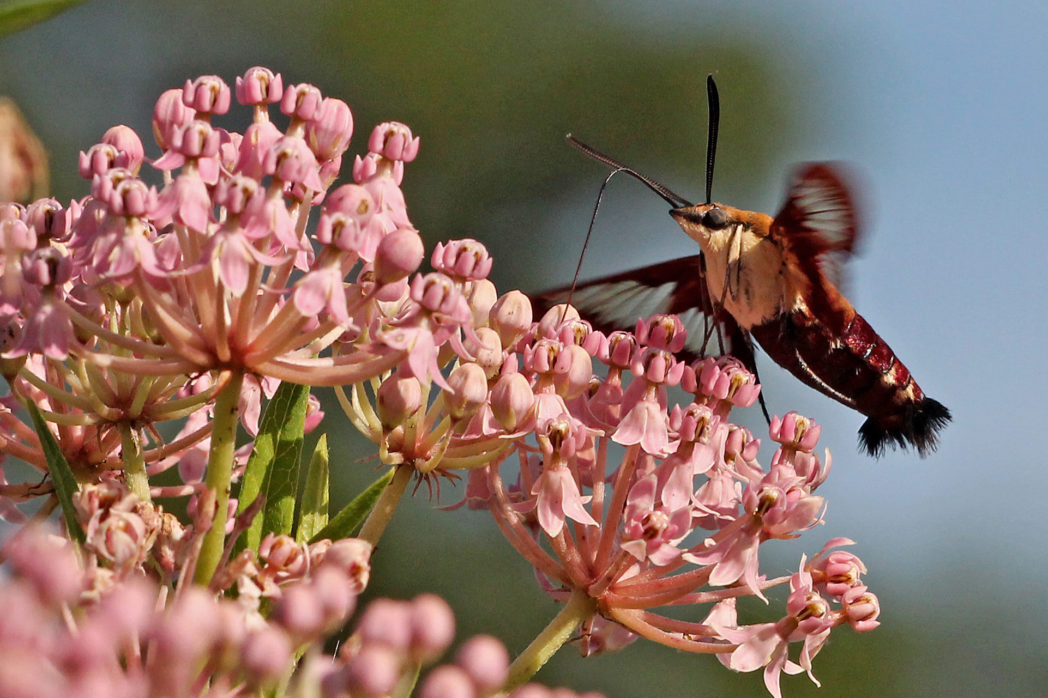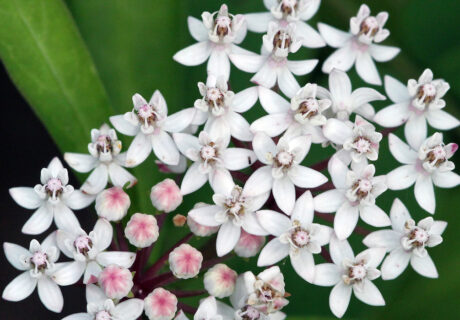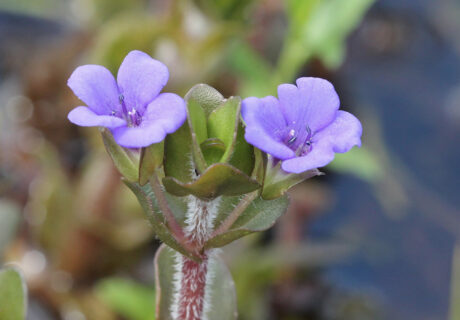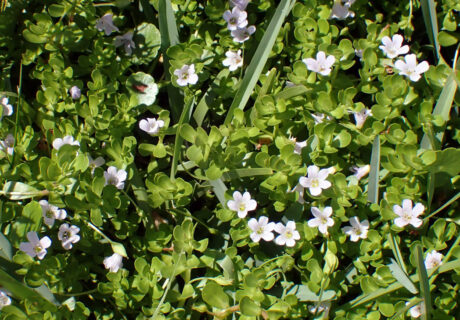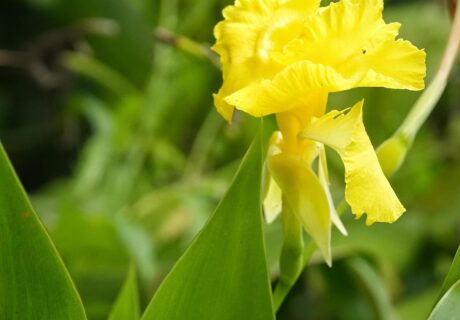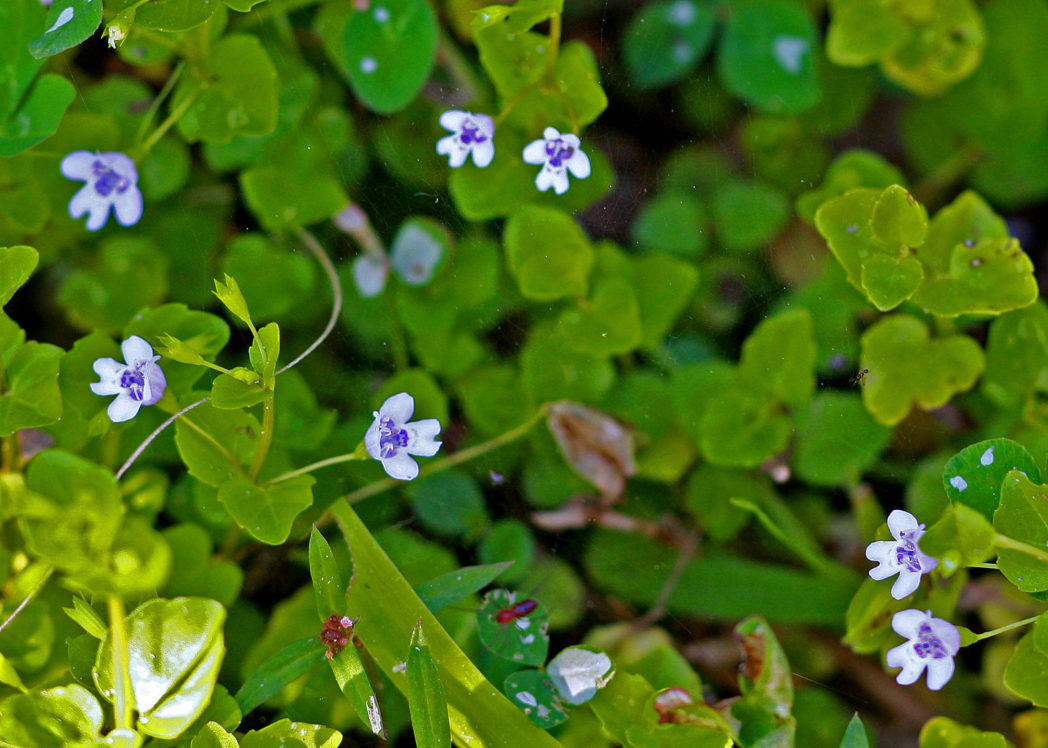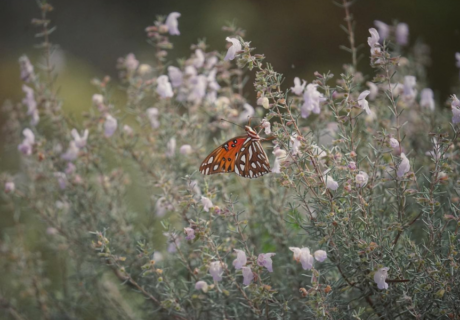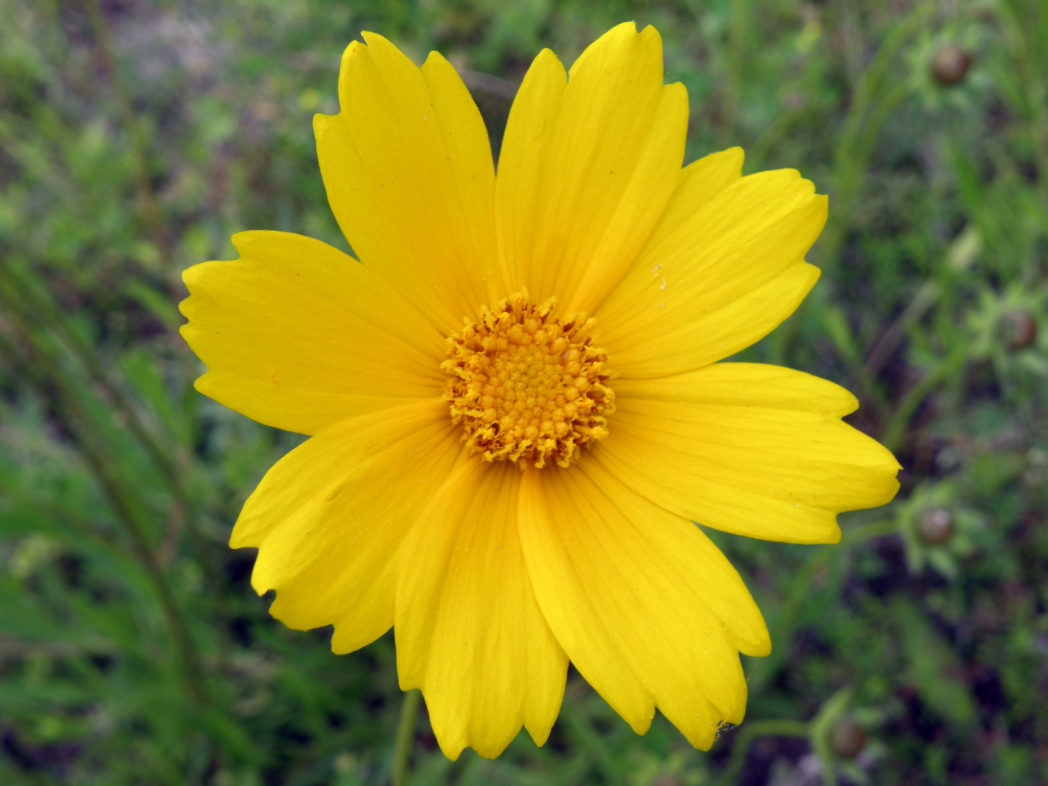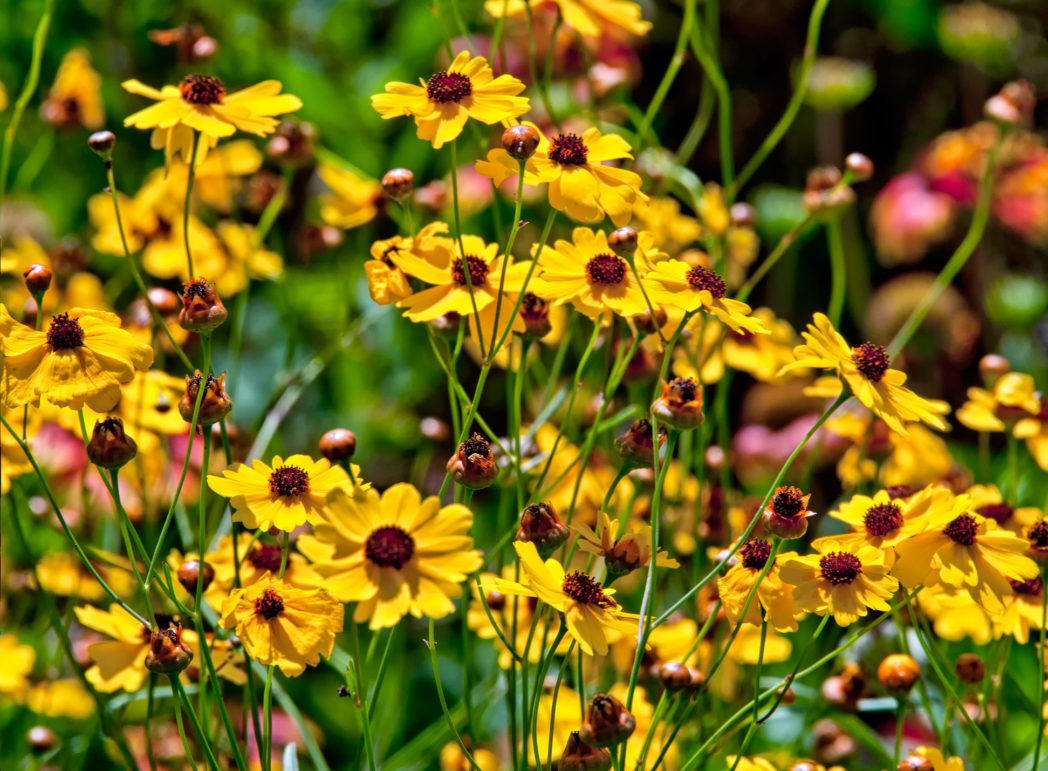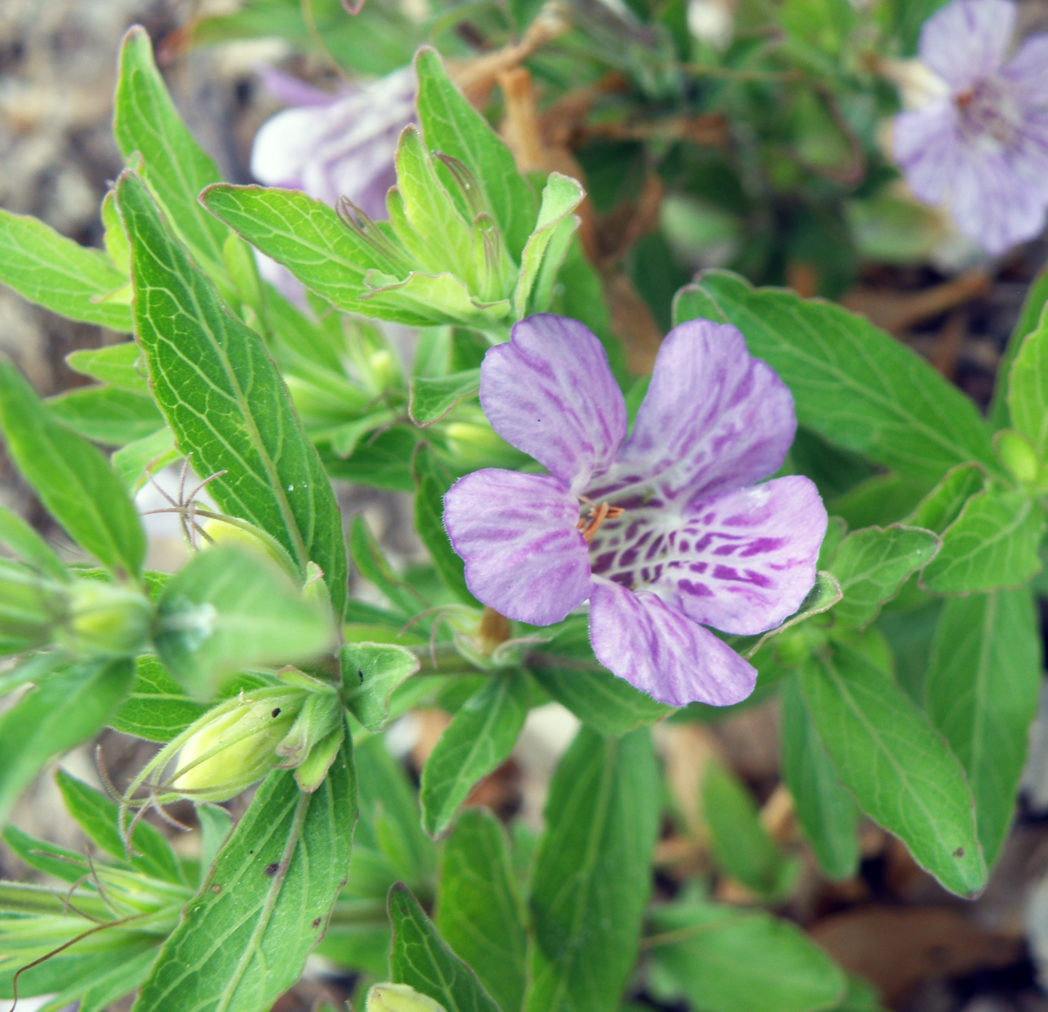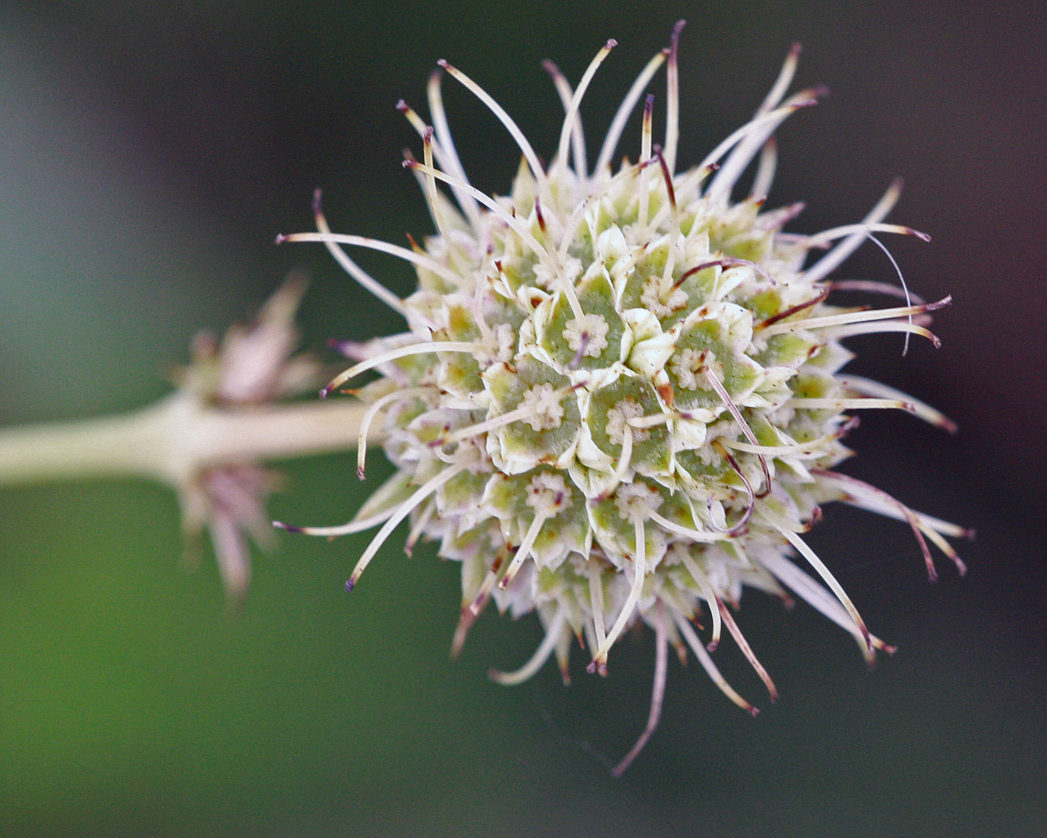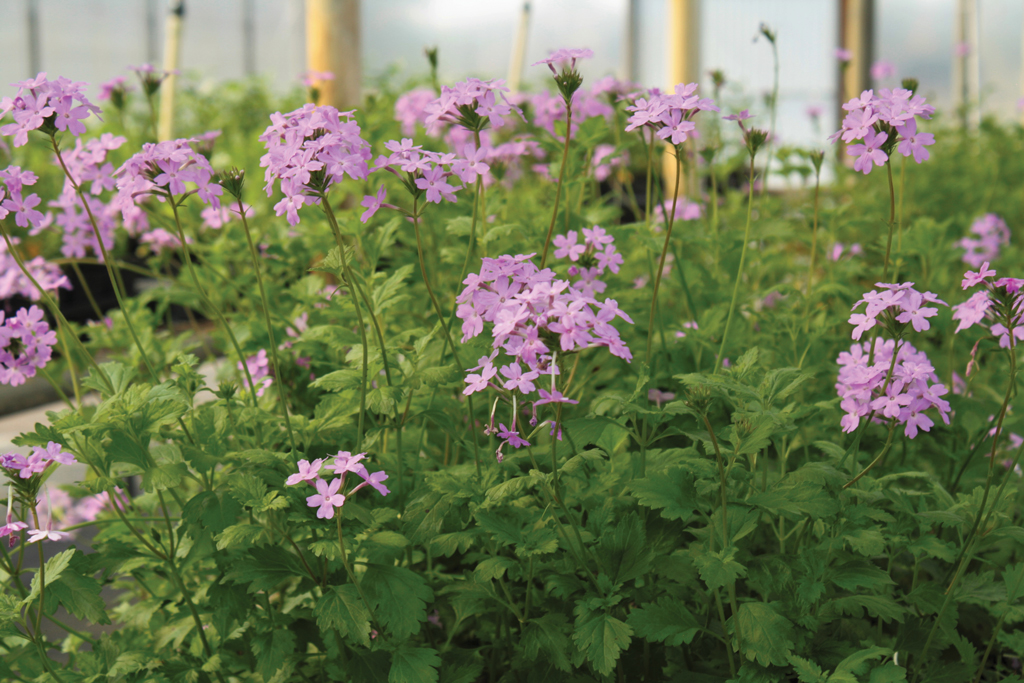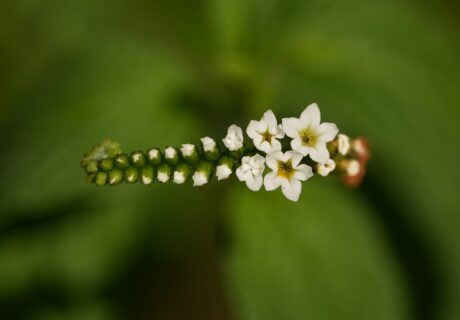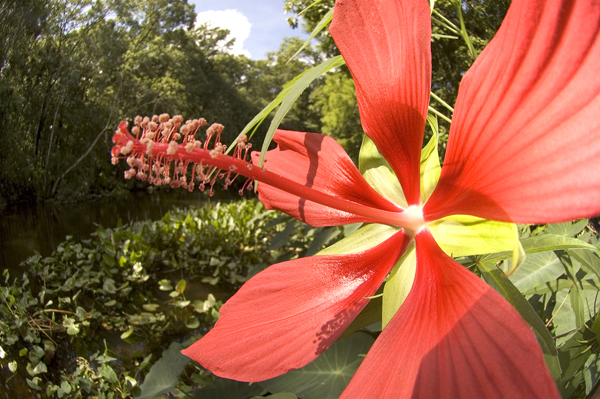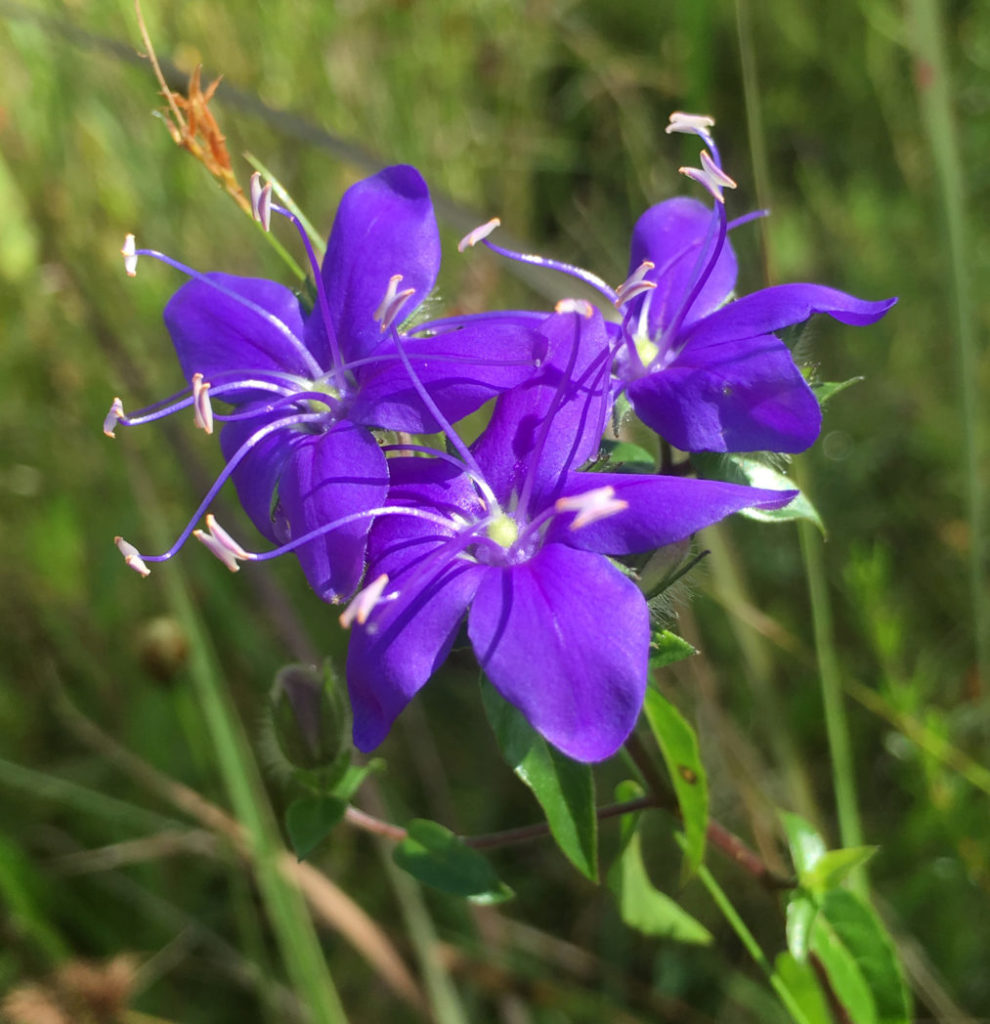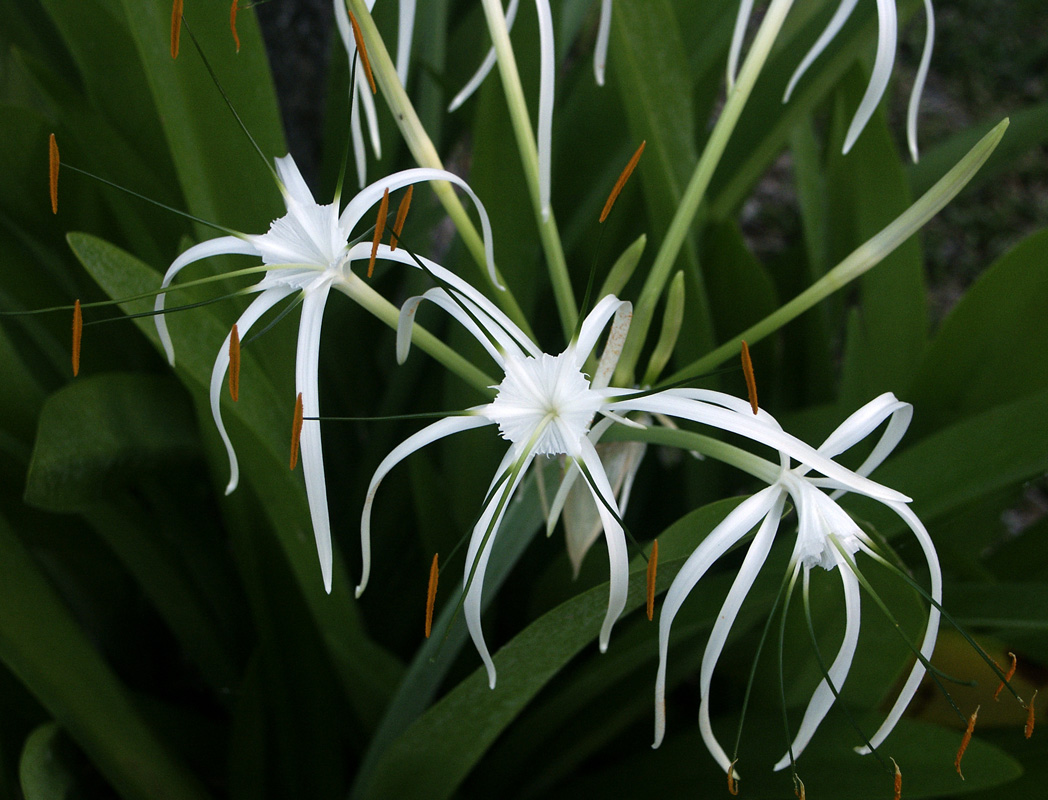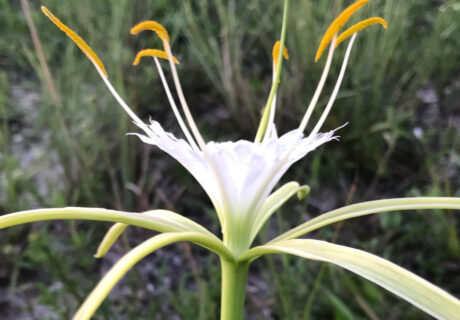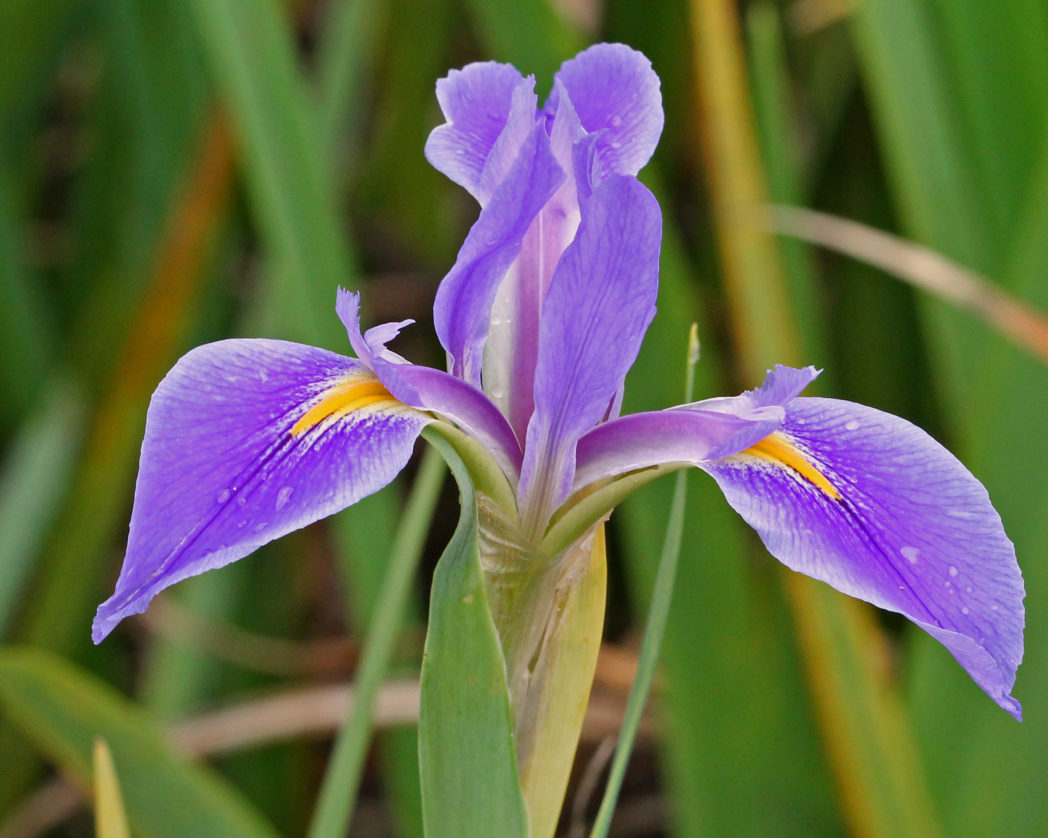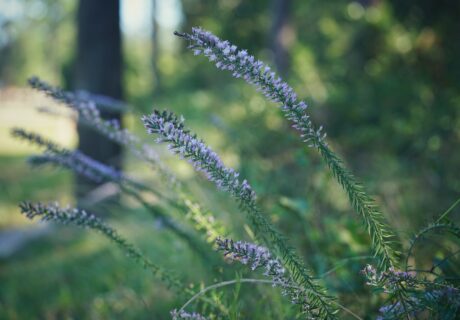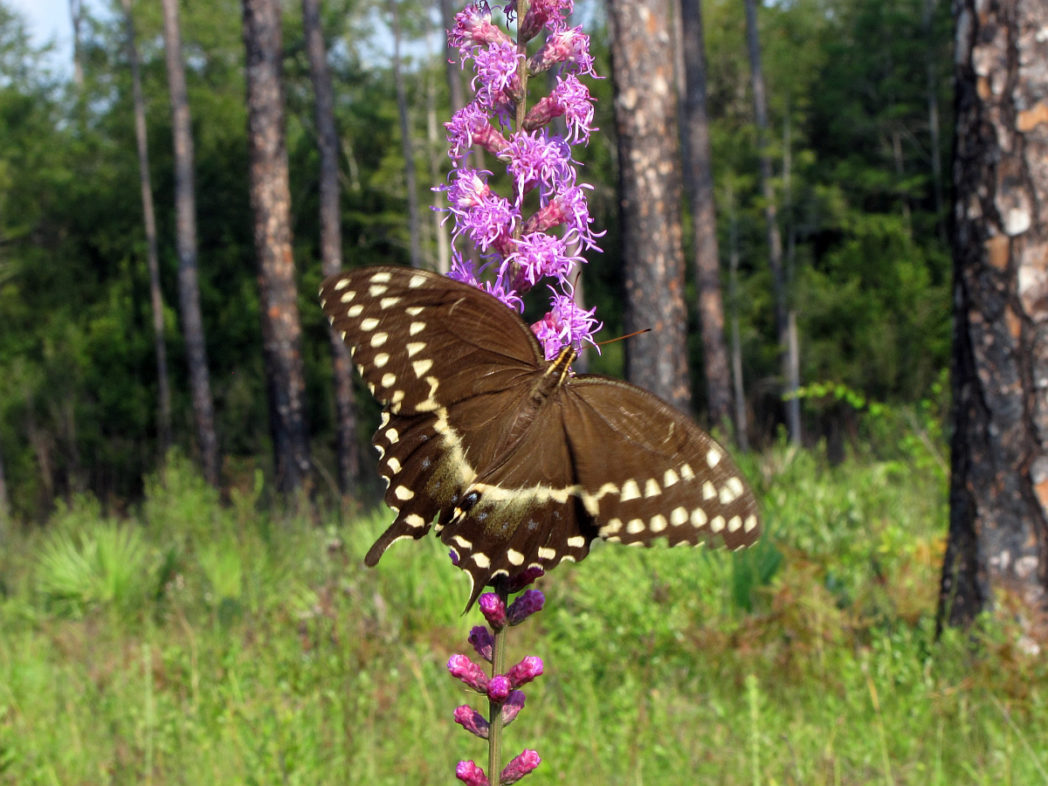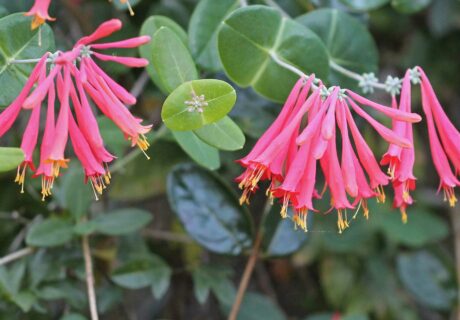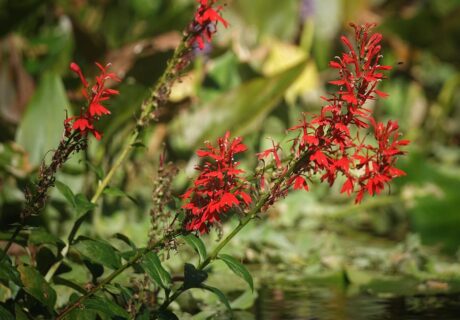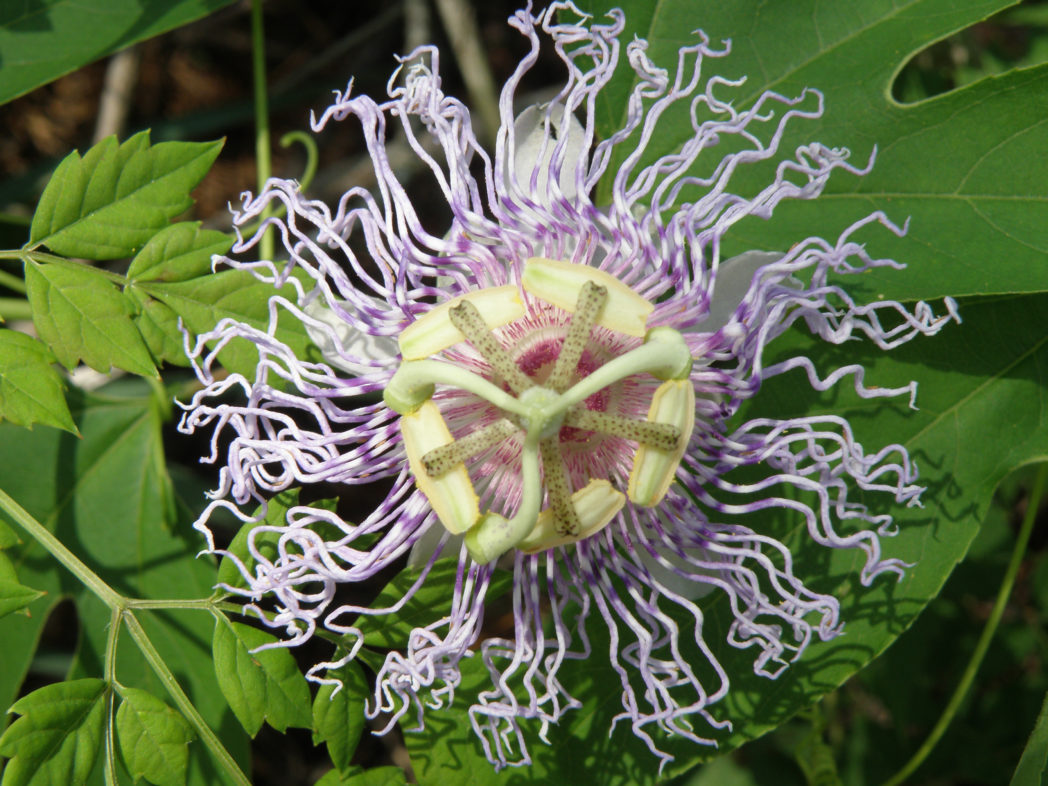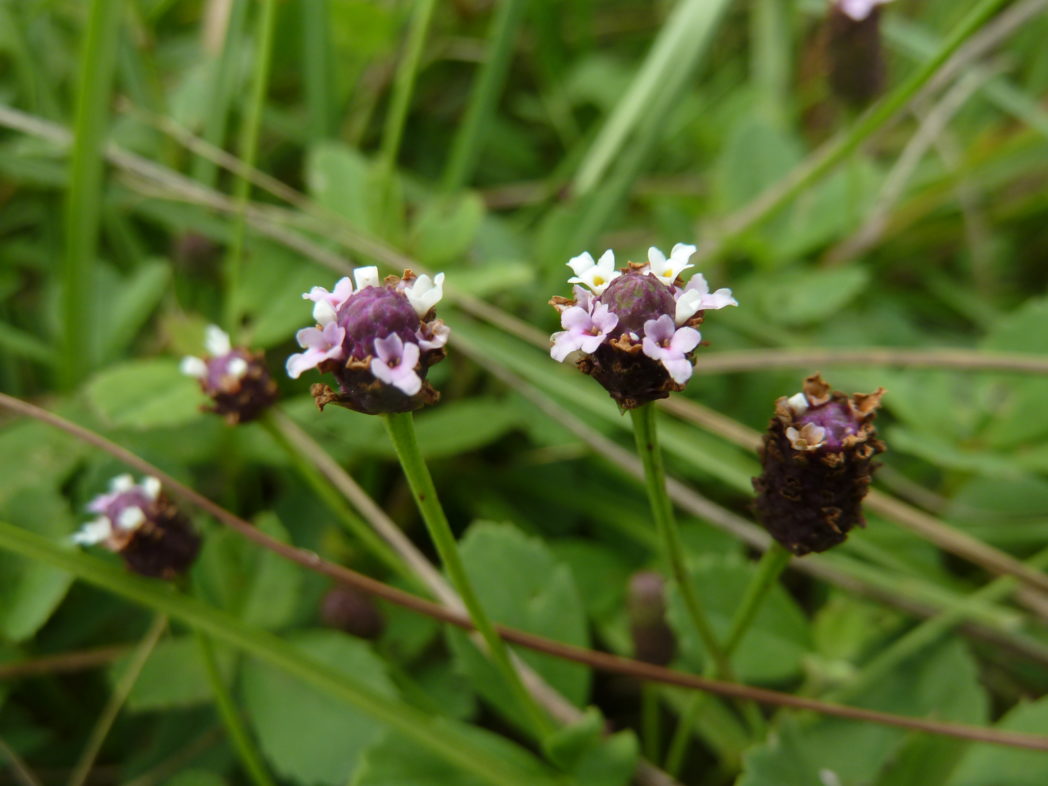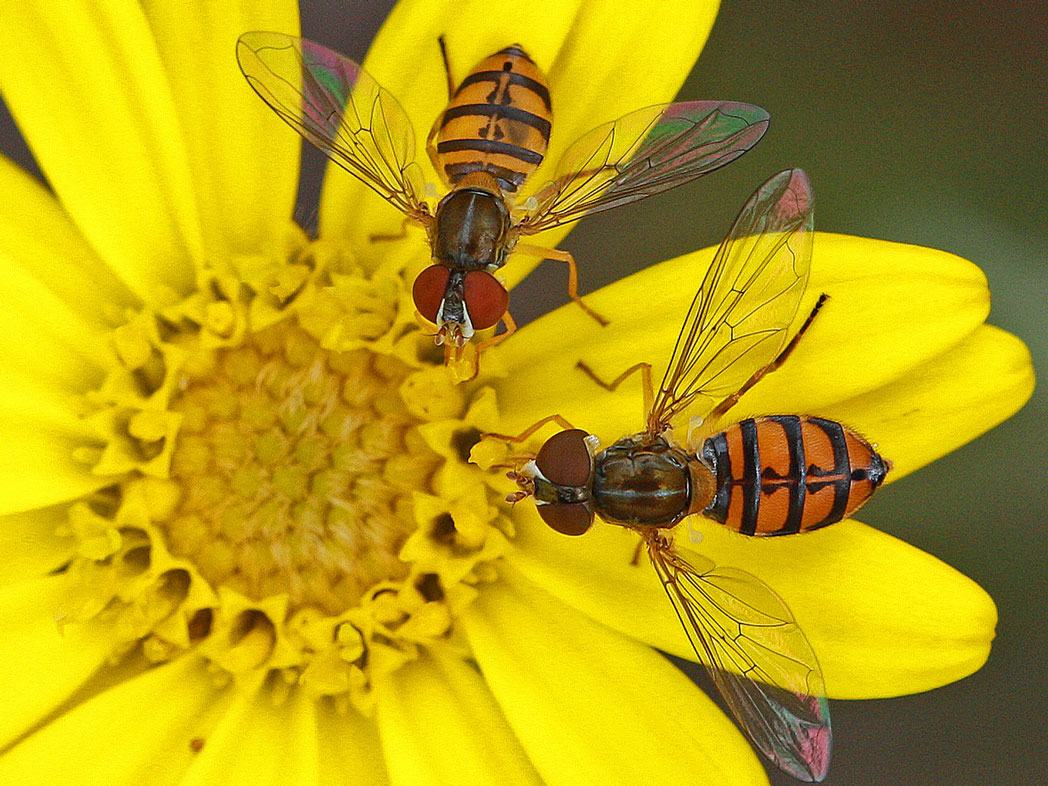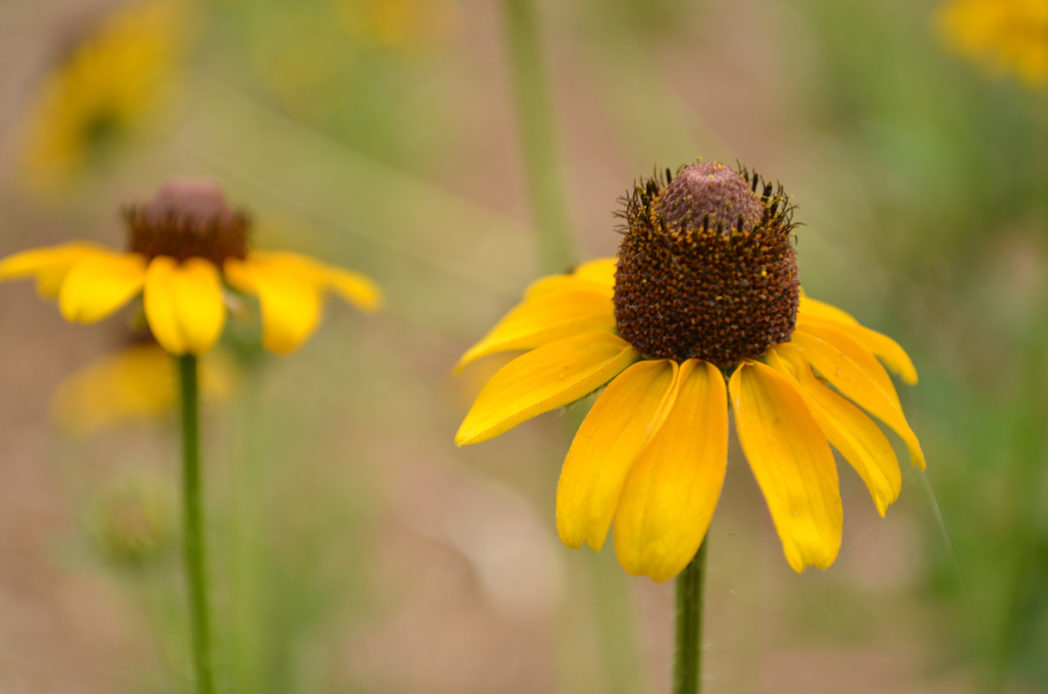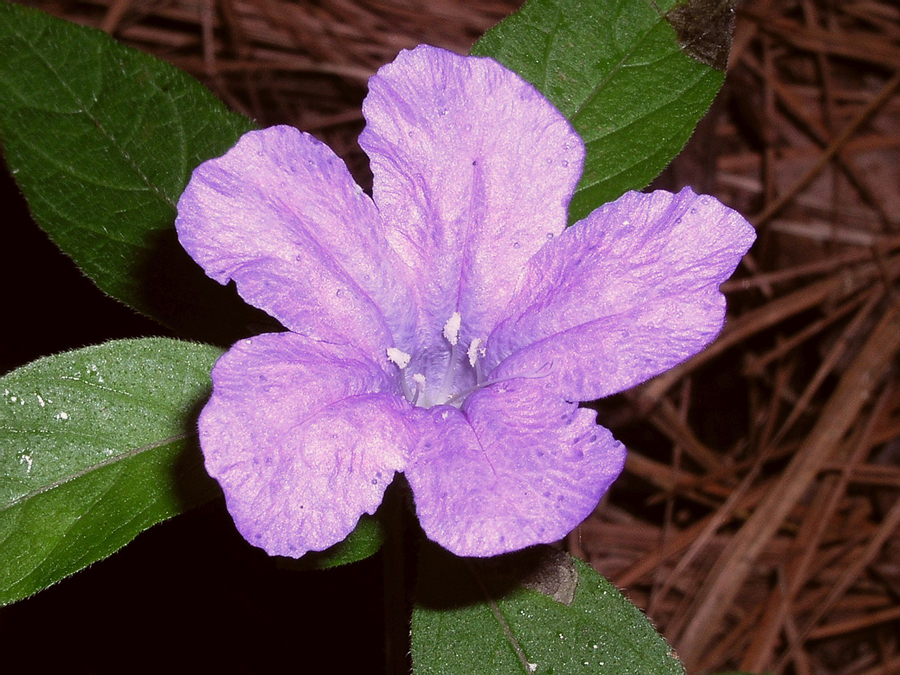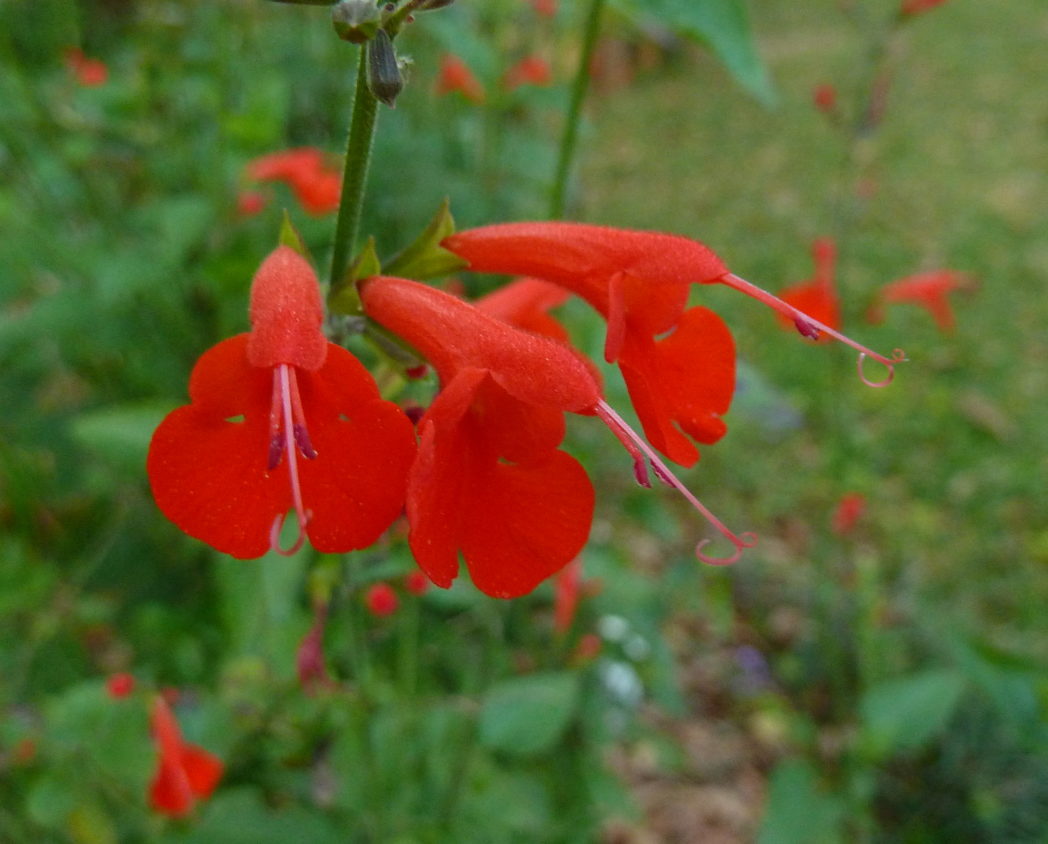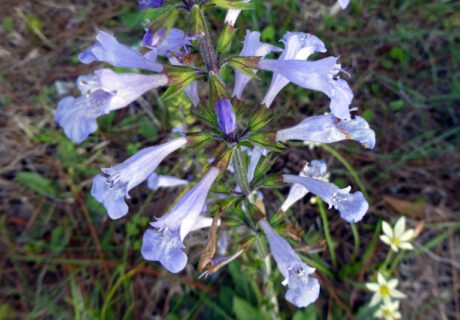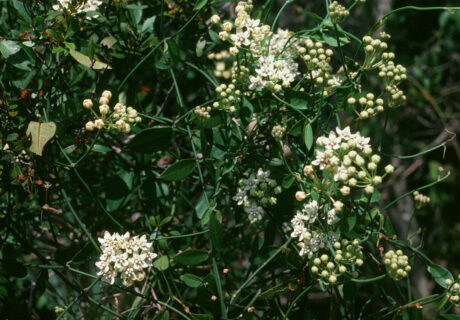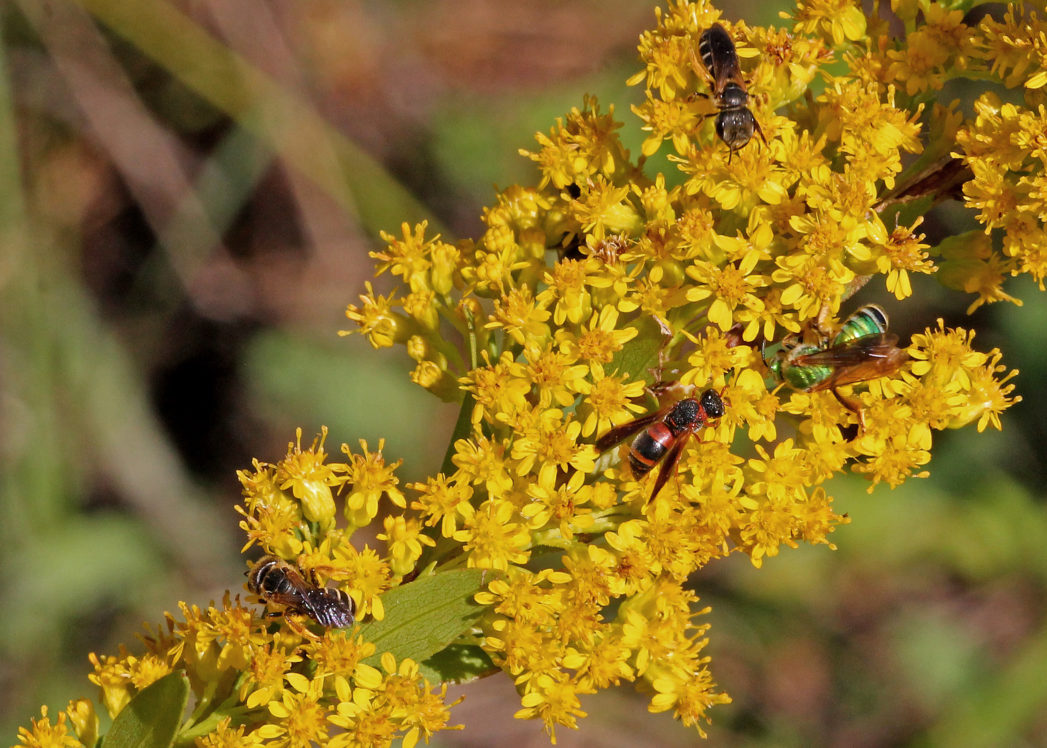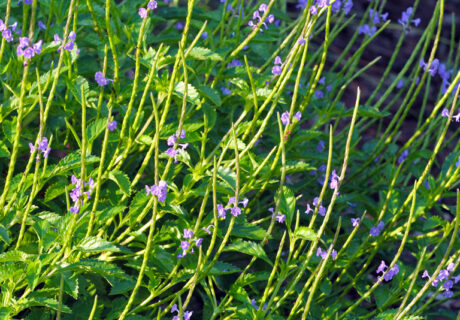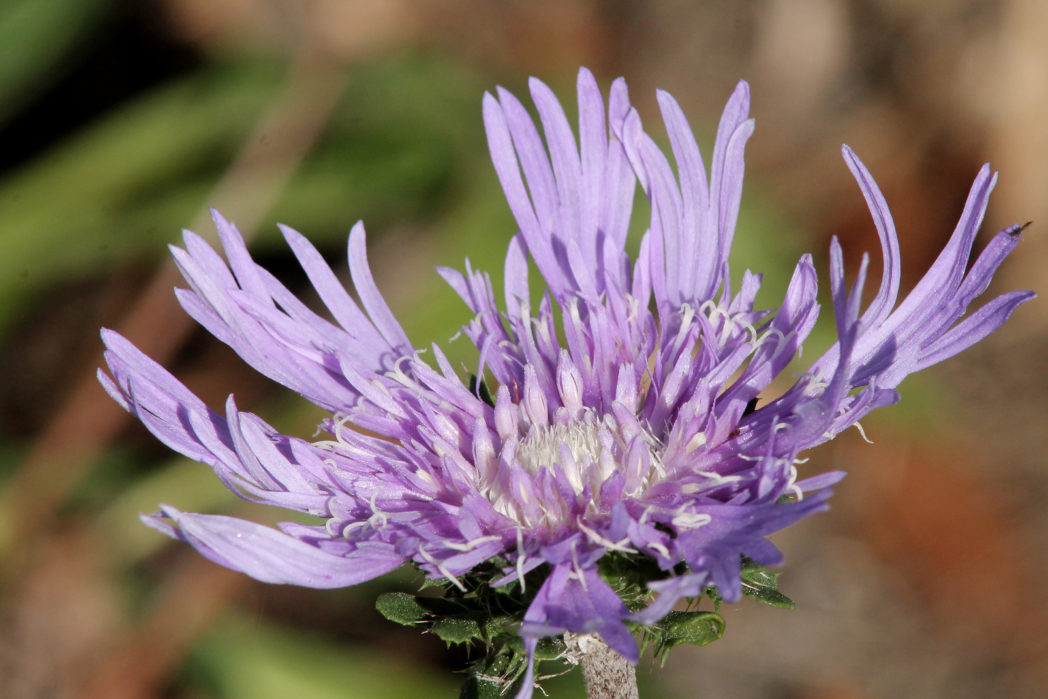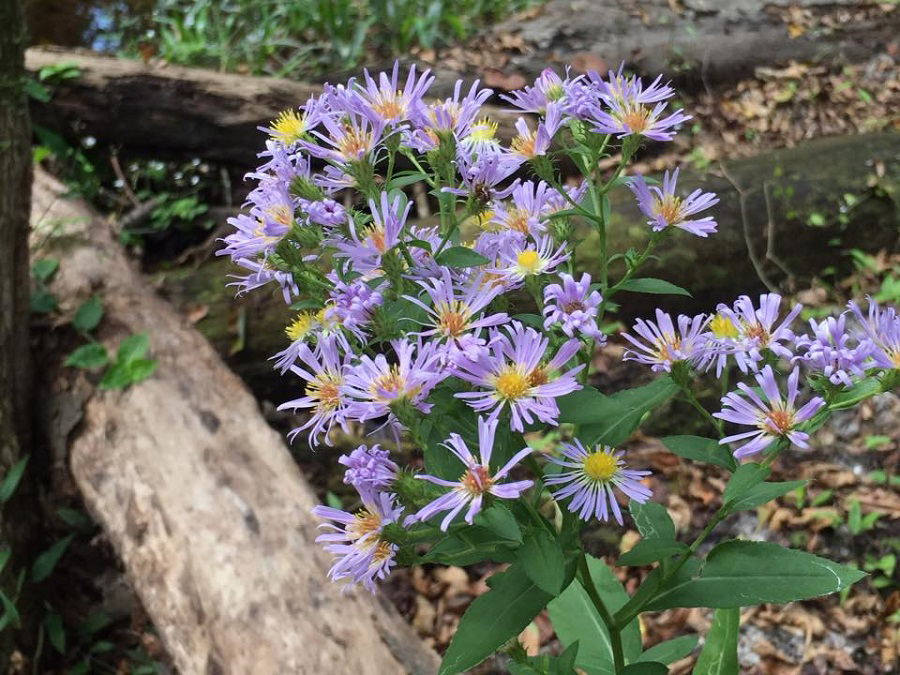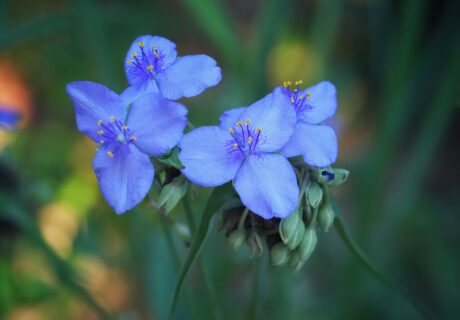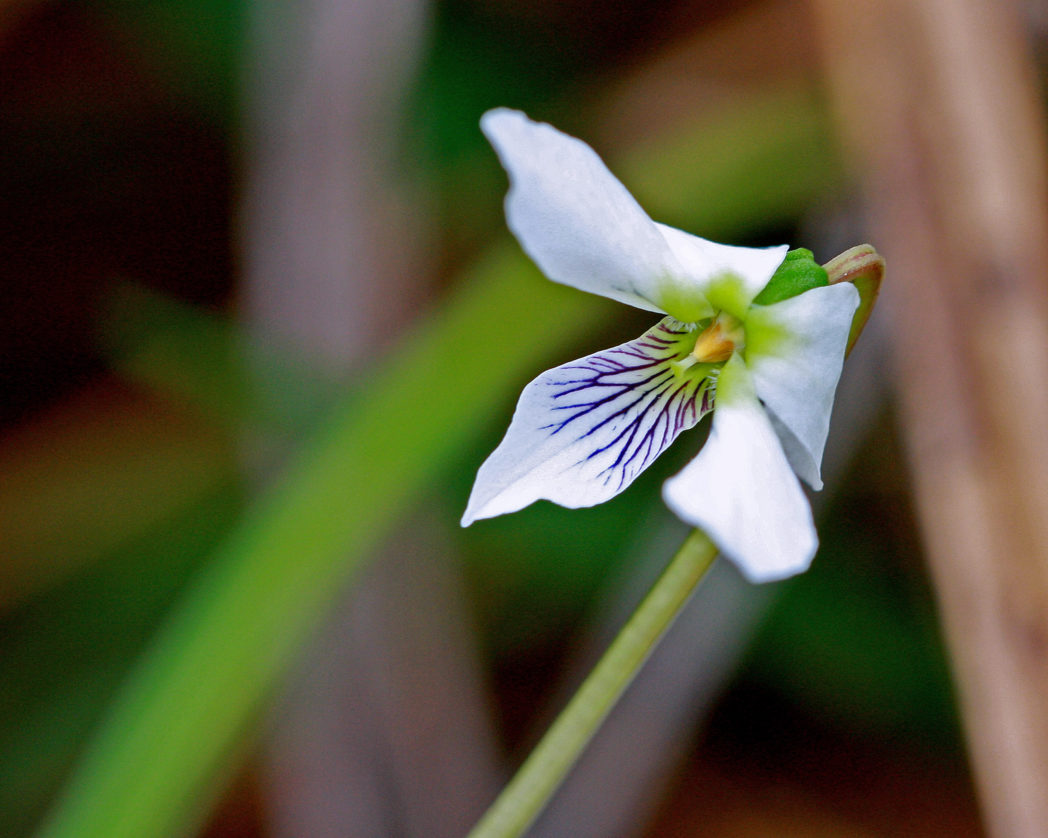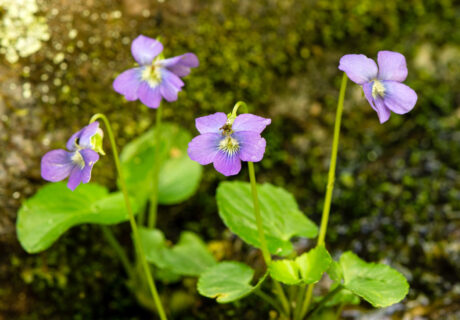Create a Pollinator Pot
Landscaping with Florida’s native wildflowers and plants provides refuge for birds, bees and butterflies while creating “habitat highways” through urban settings.
The insects that pollinate our food crops and natural areas are in steep decline. Our suburban landscapes are more important than ever in supporting them. Even small changes in your landscape and neighborhood can help build native, natural corridors that provide food, nesting and other resources for insect pollinators.
No place for a garden? No problem! You can create a small oasis for pollinator insects planting pots with Florida’s native wildflowers.
Easy and fun!
Starting your own pollinator pot is an easy and fun way to provide a stopover for local pollinators while helping to “connect the dots” to nearby wildflowers and natural areas.
Your pots can be seasonal or may offer year-round benefits through plants that bloom at different times.
When you use Florida’s native wildflowers, your pollinator pot will attract a variety of insects, including butterflies, native and honey bees, flies and beetles. When they feed on a flower’s nectar, they inadvertently pick up pollen on their legs and body parts. As they visit new areas, this pollen will be distributed to other plants of the same species to complete the pollination process, resulting in seeds and fruit.
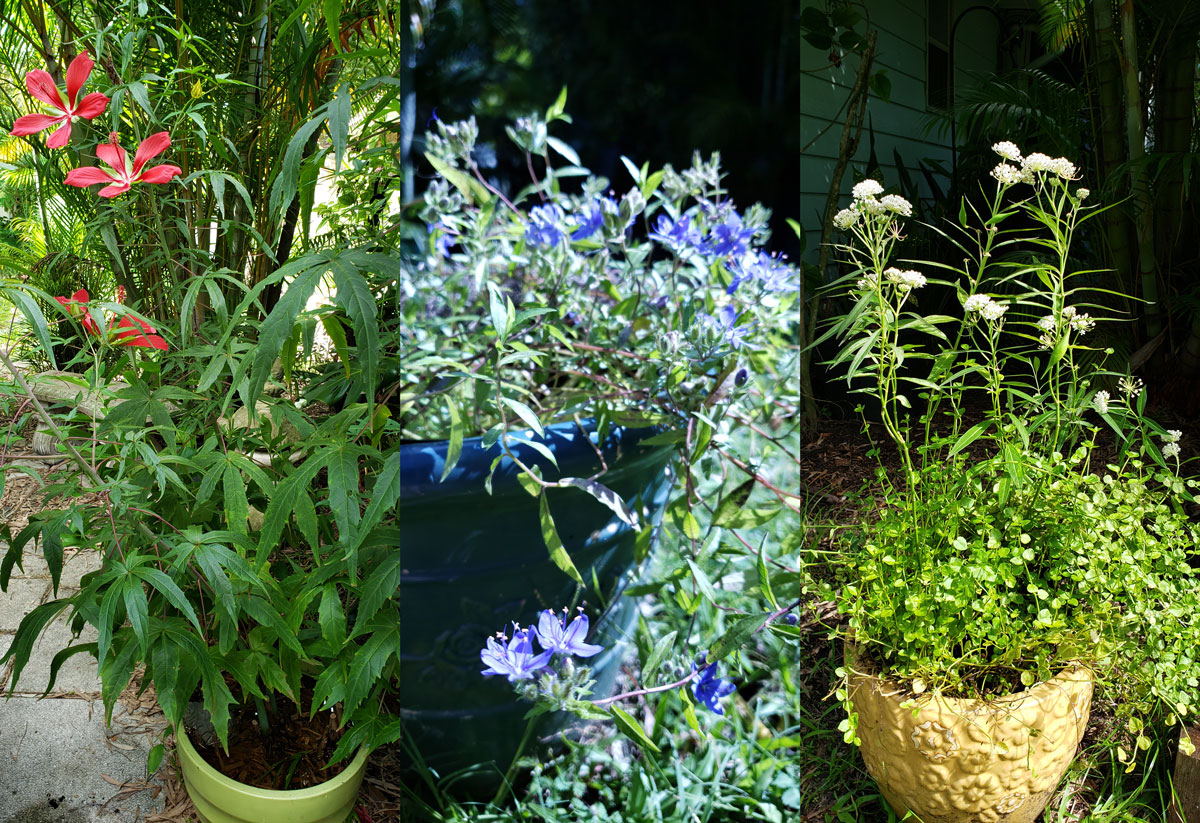
Getting started
Container selection
Use a variety of pot sizes, from 1 gallon to 5 to 7 gallons. Drainage in container gardens is very important to order to avoid plant root rot, so look for pots with a large hole in the bottom or five to seven smaller holes. Look for pots that have saucers or purchase them separately to place under pots to catch runoff and extend soil moisture. If you plan to grow moisture-loving species, choose pots with limited drainage.
Site selection
Plan to group your pollinator pots to create a visual “hotspot” that is easily seen by potential insect visitors. Sunny pollinator gardens need four to six hours of direct or indirect light daily. Shady pollinator gardens also can attract pollinators, but plants will bloom best if they get two to three hours of filtered sunlight.
Soil
Use potting soil made with crushed pine bark and peat or media designed for vegetable grow boxes. A light mulching of pine straw or leaves can help the soil retain moisture.
Fill the pot with soil then water to saturate it before planting.
Plant selection
A complete pollinator garden will provide blooming wildflowers in spring, summer and fall, so plan to mix plants in large pots or use a single species per separate pot for each season. If mixing plants in large pots, it is important to choose plants with similar moisture needs.
Select three to five species of varying heights for large pots. You also can add low-growing groundcovers, grasses or a vine.
Consult the lists and plant profiles below for wildflowers that grow well in pots throughout Florida. Your local native plant nursery can suggest others.
Maintenance
Potted plants dry out faster than in-ground plantings, so give pots a good watering once or twice a week as needed. Larger pots may need less-frequent watering.
As your potted garden matures, it will go through natural cycles. After flowers mature and seed sets, perennials can be cut to their base for regrowth or replaced with fresh plants. Promote repeated flowering by deadheading flowers. Trim sparse plants to increase new leaf growth.
Wildflowers in nature and in-ground gardens do not require fertilizer, but a low concentration of a balanced liquid or solid fertilizer can be applied if your pollinator pot plants appear undernourished.
Get inspired with these videos!
Observe pollinators
Watching the evolution of your pollinator pot and the variety of insects that it attracts can be both relaxing and fun! Learn to identify visitors to your pollinator garden with these helpful resources:
- Florida Wildflower Foundation’s “Know Your Native Pollinator” profiles
- iNaturalist
- Florida Museum of Natural History’s Butterfly Search
- University of Florida Entomology and Nematology Dept
- Bugfinder
- BugGuide
Easy-to-grow plants that work well in containers
Use as single specimens or mix with other wildflowers:
- False rosemary (Conradina canescens, C. grandiflora)
- Tickseed (Coreopsis floridana, C. leavenworthii)
- Verbena (Glandularia marítima, G.tampensis)
- Blazing star (Liatris spicata)
- Silver-leaved aster (Pityopsis graminifolia)
- Black-eyed Susan (Rudbeckia hirta)
- Tropical sage (Salvia coccinea)
- Goldenrod (Solidago sp.)
- Blue porterweed (Stachytarpheta jamaicensis)
- Stokes’ aster (Stokesia laevis)
- Common blue violet (Viola sororia), Bog white violet (V. lanceolata), Primroseleaf violet (V. primulifolia)
Use in hanging baskets, as well as regular containers as single specimens or mixed with other wildflowers:
- Twinflower (Dyschoriste humistrata, D. oblongifolia)
- Frogfruit (Phyla nodiflora)
- Wild petunia (Ruellia caroliniensis)
- Southern river sage (Salvia misella)
These species require consistent soil moisture and are good for containers without drainage:
*Can also be added as a potted specimen to shallow ponds and water features.

